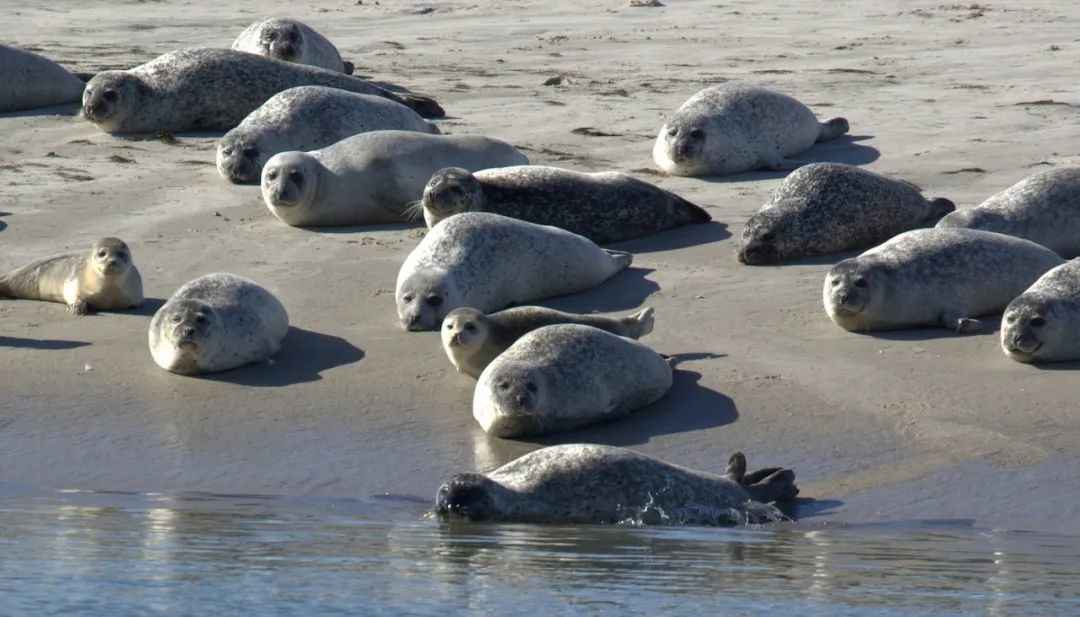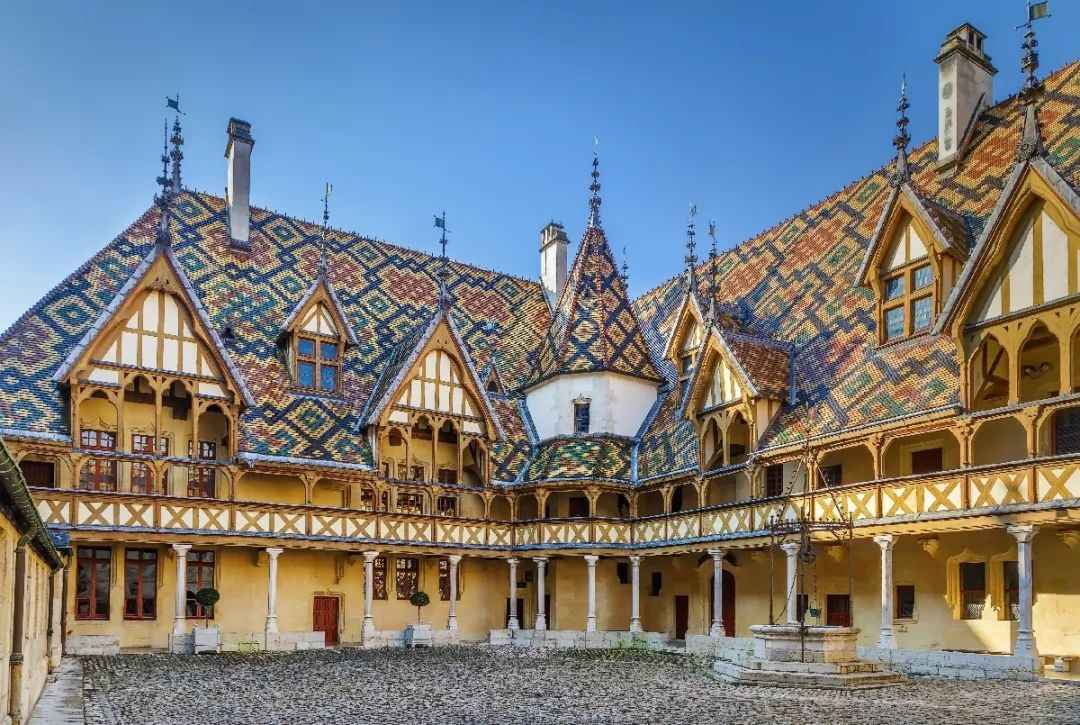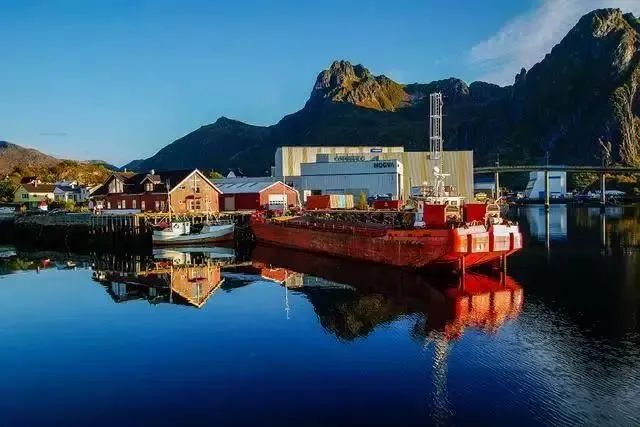Nestled along the Atlantic coast of Picardy in northern France, the Baie de Somme stands out as a unique ecosystem and year-round sanctuary for seal populations. Comprising marshes, mudflats, and sandbars, this triangular expanse serves as a vital stopover for migratory birds and hosts one of Europe's largest colonies of harbor seals (Phoca vitulina), attracting tens of thousands of visitors annually to witness its natural splendor.
Covering approximately 70 square kilometers, the Baie de Somme has been recognized as one of the "World's Most Beautiful Bays" since 1999 and earned the "Grand Site de France" title in 2011. Formed by centuries of sediment accumulation, its tidal flats provide ideal resting grounds for seals. Local monitoring reveals a resident population of around 500 harbor seals, with numbers swelling to nearly 1,000 during the summer breeding season, alongside a smaller presence of gray seals (Halichoerus grypus).
To protect this fragile ecosystem, French authorities and NGOs have implemented strict measures. Observation points at Pointe du Hourdel and Baie d'Authie use binoculars and remote cameras to guide visitors, ensuring a safe 300-meter buffer zone. The Parc du Marquenterre, a core protected area, restricts development and conducts regular cleanups to maintain habitats for seals and birds.
Beyond its ecological value, the Baie de Somme offers rich cultural heritage. Travelers can ride the historic 1887 steam train along a 27-kilometer coastal route, explore medieval architecture in Saint-Valéry-sur-Somme, or cycle through salt marshes and dunes. Summer (June–August) is peak season, when guided low-tide walks allow close encounters with sunbathing seals while educating participants on community-led conservation initiatives.
Designated a Ramsar Site of International Importance, the Baie de Somme serves as a global model for biodiversity conservation. Sustainable tourism initiatives, including eco-certified accommodations and restaurants, generated 5,700 jobs and welcomed over 570,000 visitors in 2021. Aligned with the EU's Nature Restoration Law, the region aims to restore 20% of degraded ecosystems by 2030, solidifying its role as a benchmark for harmonious human-nature coexistence.








